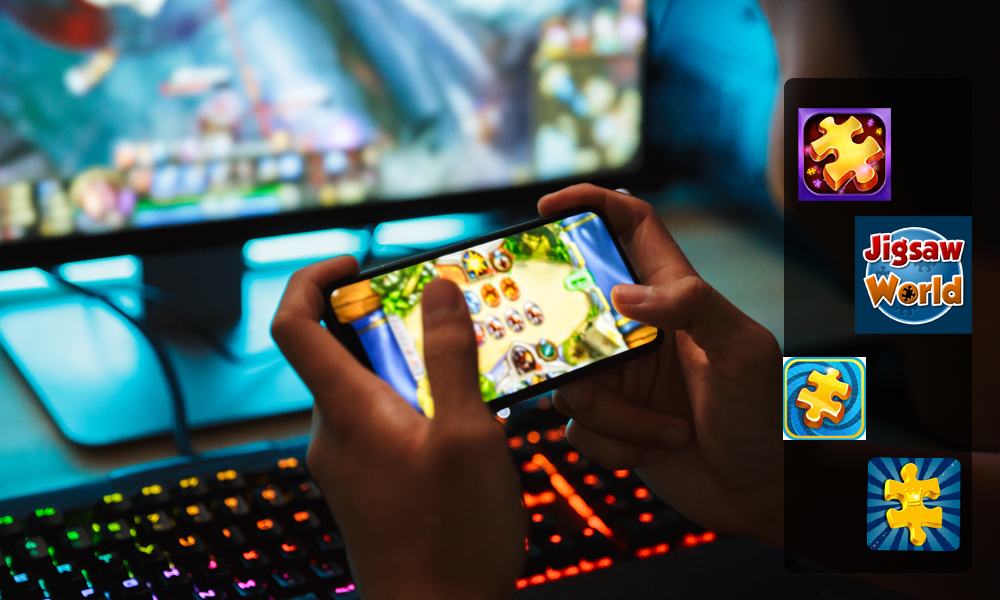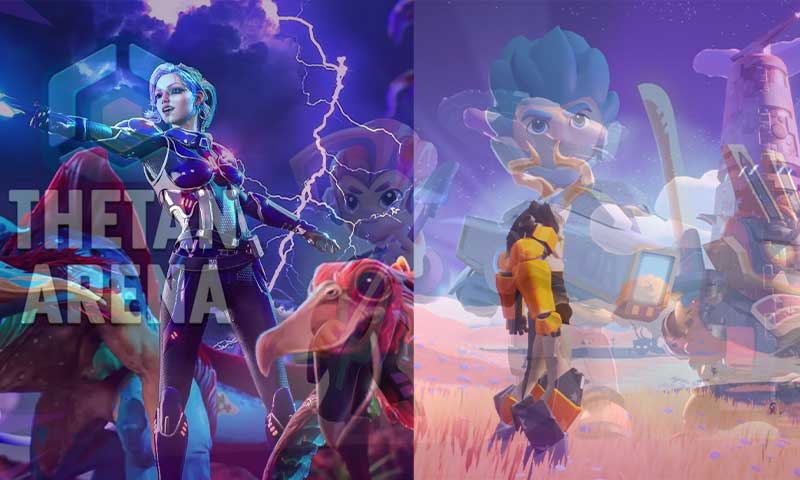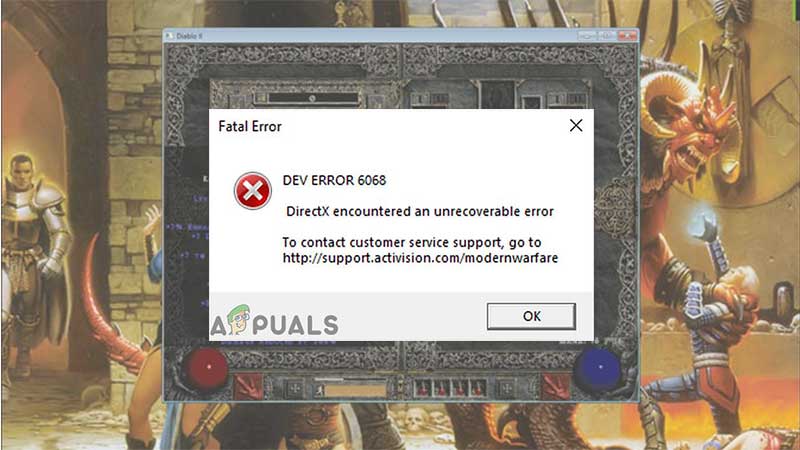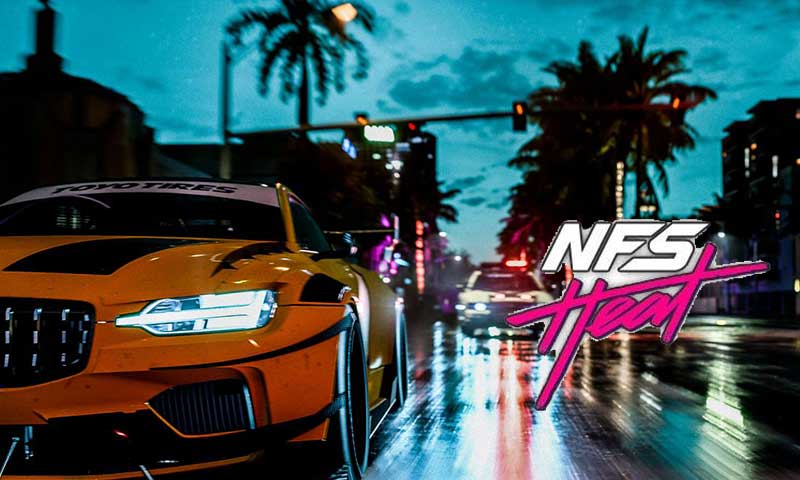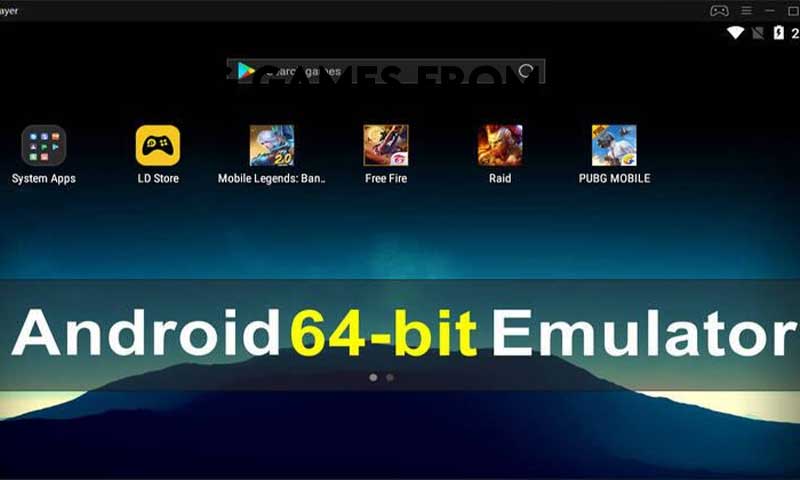A Beginner Guide to 3D Character Modelling
The evolution of digital gaming and three-dimensional (3D) media has given a lot of impetus to new software tools and designs including 3d character design services. The three-dimensional character modeling digital process is carried out in multiple stages. The software developer will use many different tools and software for creating a gaming character using these tools. Other kinds of media can also be created through 3D character modeling.
Choosing the Appropriate Pipeline for 3D Modelling of Characters
Software developers and artists should have a good understanding of their expectations when they want to choose the best pipeline and process steps for 3D character modeling. The two biggest 3D modeling techniques include “pre-render characters” and “physically-based rendering”.
A true three-dimensional model will be when the characters are pre-rendered. Distinct kinds of rendering pipelines may be based on different gaming engines as well, depending on the expectations and the result-related requirements. The characters here can be robots, animals, humans, or even mythical creatures.
The physically based rendering of 3D character modeling creates three-dimensional characters for the third-person view. Distinct texture maps can be utilized for controlling the distinct properties of the material.
Polygonal Three-Dimensional character modeling utilizes polygons (small or large in numbers). The object or the character is visualized in the form of a polygonal grid. It is a simulation of a low level that defines the internal and external areas clearly with no additional parameters and calculations. Thousands of mouse clicks are made for making the simplest of polygonal three-dimensional models.
Character modeling is now accomplished in many different process pathways. It is not only important for modern games but equally important for commercials and movies as well. The pipeline and the process of 3D modeling of characters go through many different steps, which will be discussed below.
The Important Steps of 3D Character Modelling and Design Process
The developers should gather all the information and ideas to develop the overall concept of a three-dimensional character before designing it. For instance, it is important to be informed about the back story of the character and the elements that make it stand apart and be unique. The important steps of 3D character modeling and design process are listed and discussed in brief below.
Concept of Your 3D Character and Model
As stated, multiple references can give you a good idea about your 3D character, which helps in an apt creation. You should know the background and history of the characters and their unique elements. The concept artist tool can be utilized for developing a preliminary look at the characters. It can also set the tone for the further stages of development. Elements that should be considered during the concept design include distinctive traits, appearance, behavior, background, habits, and others.
The developers and artists may first create a “mood board” and follow up with many distinct sketches that reflect the initial silhouette. The clients are presented with the initial sketches carrying the body features and facial elements and they make a selection. The artist will continue with the chosen character and will develop the concept. The developers also have to work on other aspects including movement sheets and angles so that the character can capture the personality and theme well. Subsequently, the three-dimensional character model is created and animated.
Blocking
The process steps of blocking include designing the face and basic shape of the three-dimensional character. It also decides on its muscular frame and skeleton. For that, the artist and developer should be aware of the human anatomy to an extent. Background knowledge helps in creating better proportions and harmonies that provide stylized and realistic characters.
Sculpting
The technique of sculpting relates to creating digital three-dimensional characters that resemble the characters and dummies created with natural clay. Sculpting can be used to create all kinds of characters including hyper-realistic or realistic characters. The artist can insert a lot of details into the digital measures and add many more levels to the 3D character at this stage.
Retopology
Retopology relates to the alignment and organization of the three-dimensional polygons and their logical layout to ensure well-performing animation models. Characters with a high number of polygons may also be converted to more optimized polygon models with the use of retopology.
UV Unwrapping
UV unwrapping involves the creation of two-dimensional textures that can easily fit into your three-dimensional character model and object. The digital mesh may be unfolded to ensure that the character is textured accurately. In other words, UV unwrapping is the creation of UV maps.
Baking
Baking is saving all the 3D mesh information in a texture file. The file is also called a bitmap. There can be two kinds of meshes including the “low polygon mesh” and the “high polygon mesh”. Polygon mesh displays three-dimensional models with high resolution and in detail. As the low polygon meshes have lesser polygons, they can be stored cheaply. Through baking, the artist can save both high and low poly meshes appropriately and get the best of both worlds. The mesh maps may include:
- Curvature.
- ID.
- Normal map.
- Position.
- Ambient occlusion.
- Emissive.
- Thickness.
Texturing
During texturing, the artist will apply the surface elements as well as the colors to the 3D character model. The character is matched its prototype or concept in all details during texturing. It can improve the appeal and believability of the character while ensuring accurate displays in all areas. It is a form of computer graphics only. The best concept art character design services can use textures for creating highly realistic models.
Rigging
The process of creating the skeletal structure for the model and the animation is called rigging. It can be done automatically as well with the use of new game engines such as Unreal Engine and Unity. Some designers may choose manual rigging as well. For the best results, some form of manual rigging is important.
Animation
Animation is when the three-dimensional character model is fully conceived and comes to life. At this point and the process, the model gets the body movements and facial expressions as well. The movements must appear realistic and natural and should be able to induce real emotions in gamers and users.
Lighting
Effective use of lighting can also impart greater realism to the character. It can highlight the scenes by depicting the emotions, time, position, behavior, and mood appropriately.
Rendering
Rendering is when the artist converts the three-dimensional model into a two-dimensional image. The tricks used include changing camera direction, image illumination, and altering the frame textures.
Conclusion
3D character models can be developed in no more than two hundred hours in most cases. There is multiple software available for it as well. However, it does require a lot of skills, expertise, and the right set of technology and resources to create realistic three-dimensional character models. Such animation can evoke real emotions and keep the players engaged for a long time. The leading 3D character design services can create the best prototypes for you to choose from. The character design services for 3D games are also affordable.
Share






